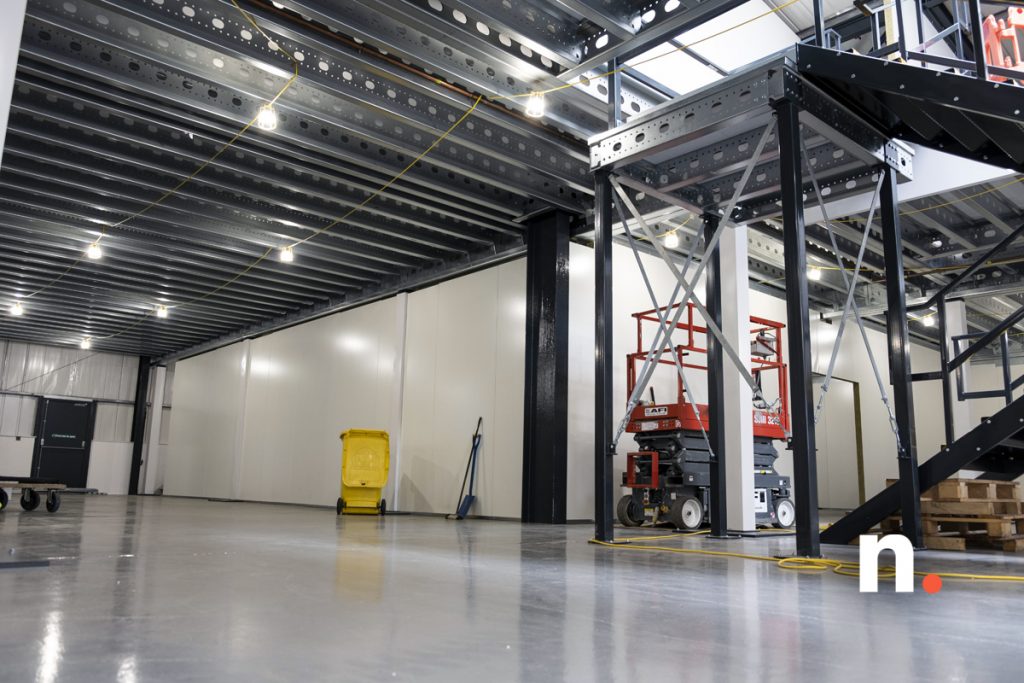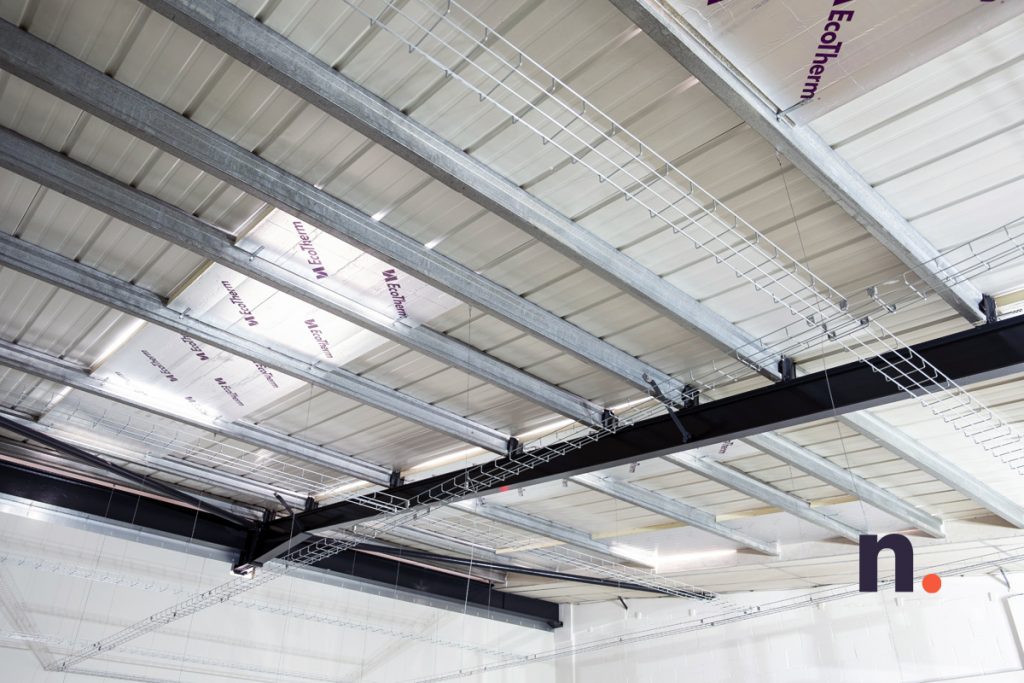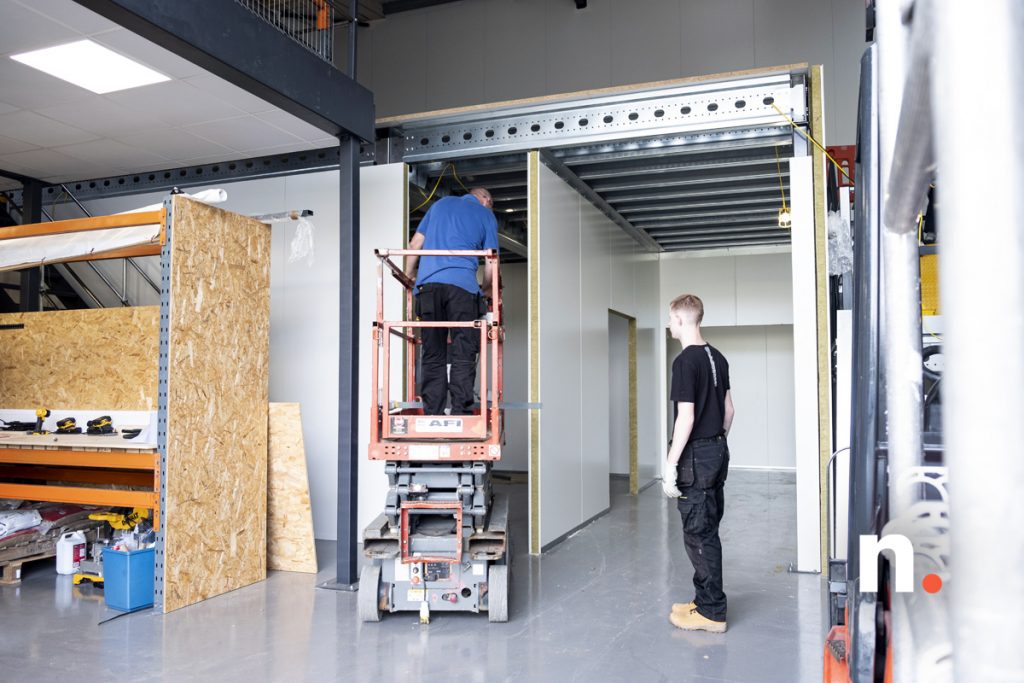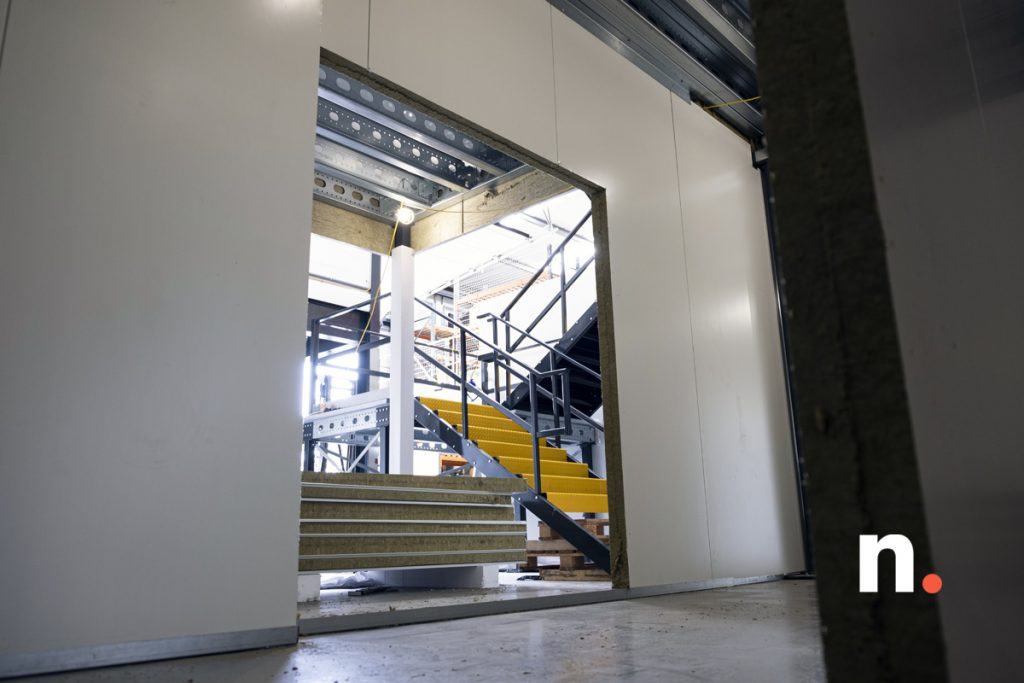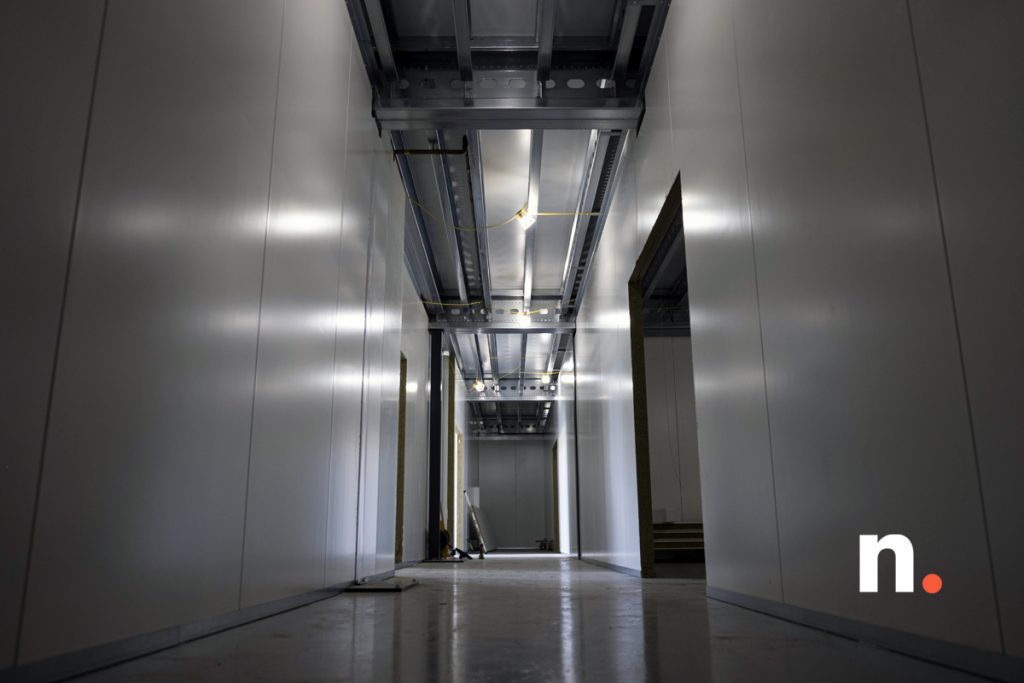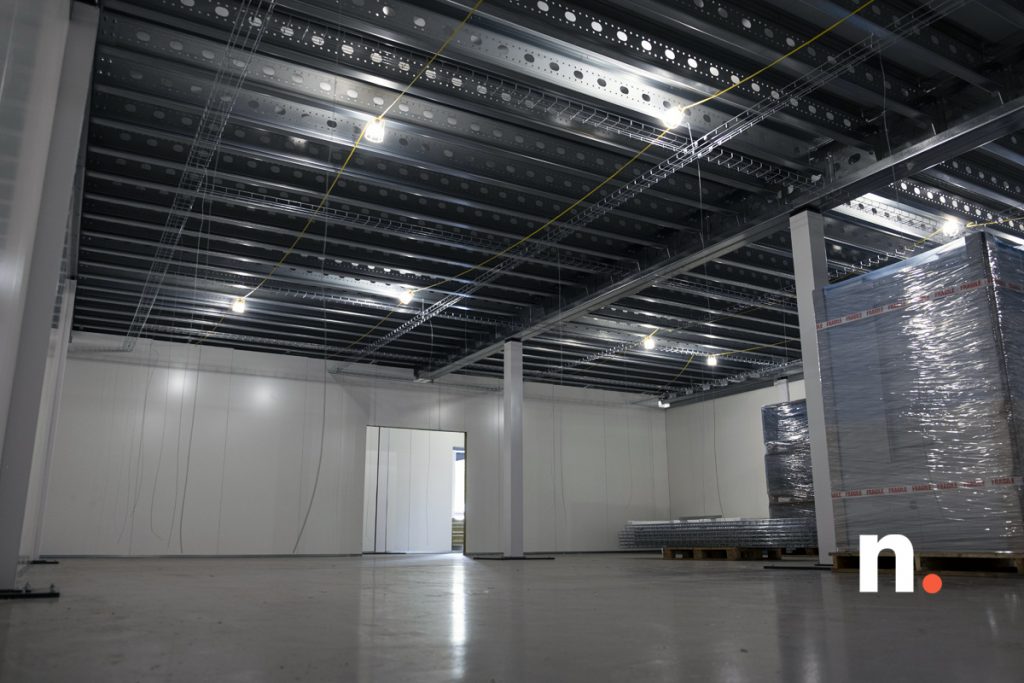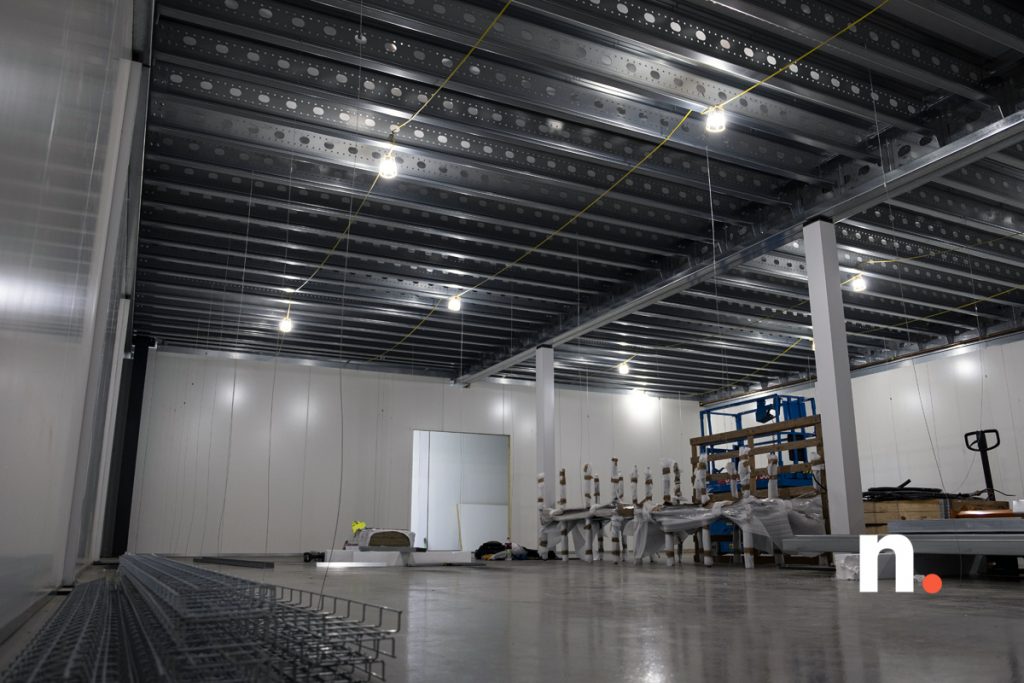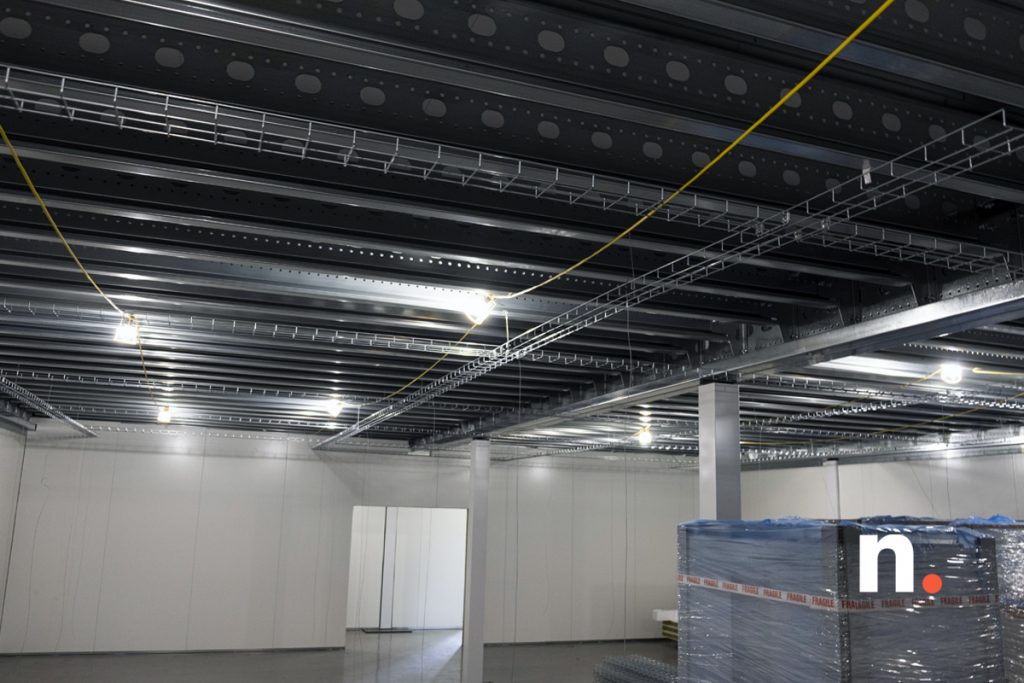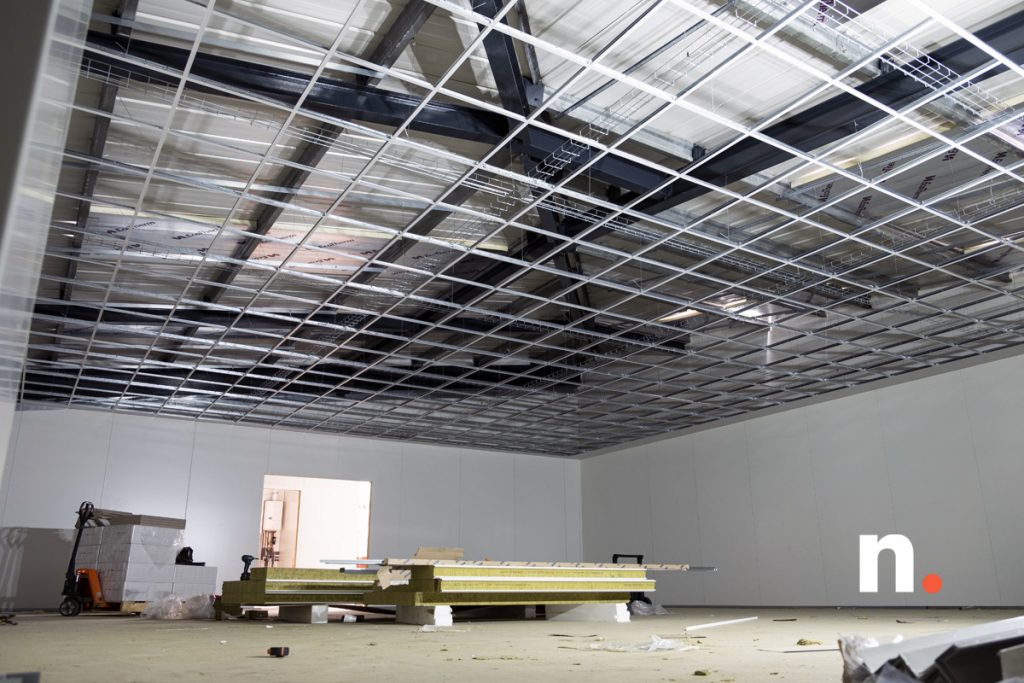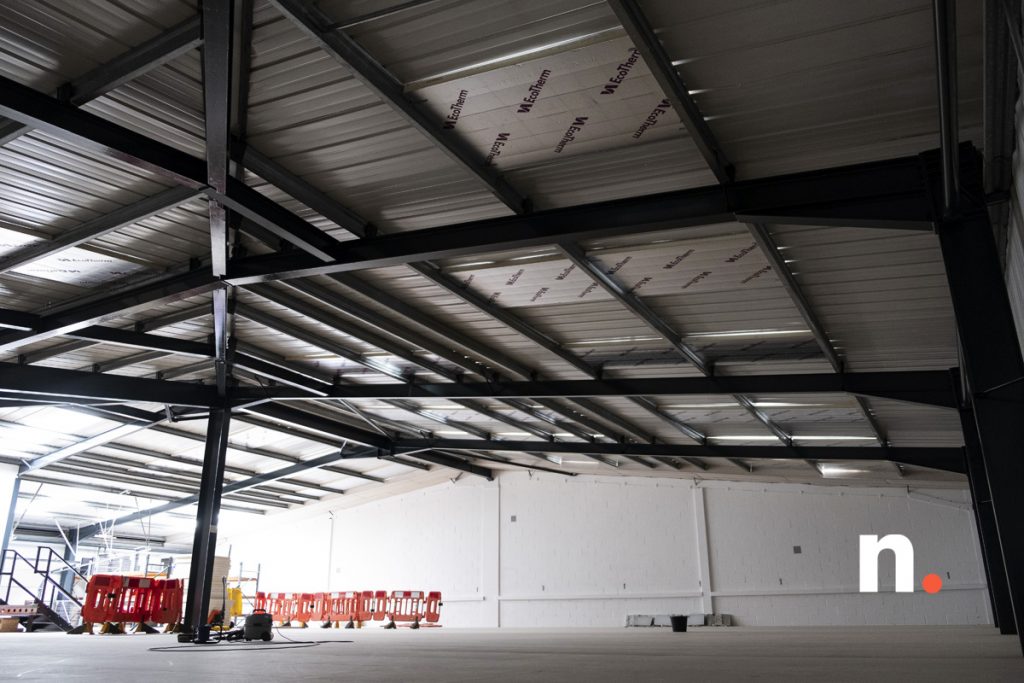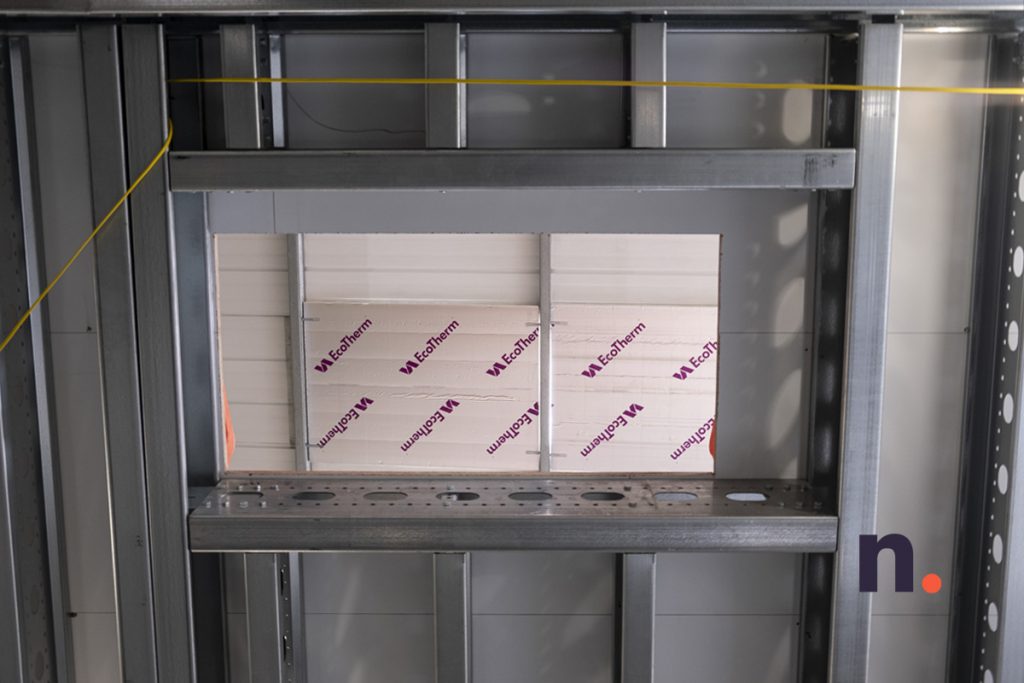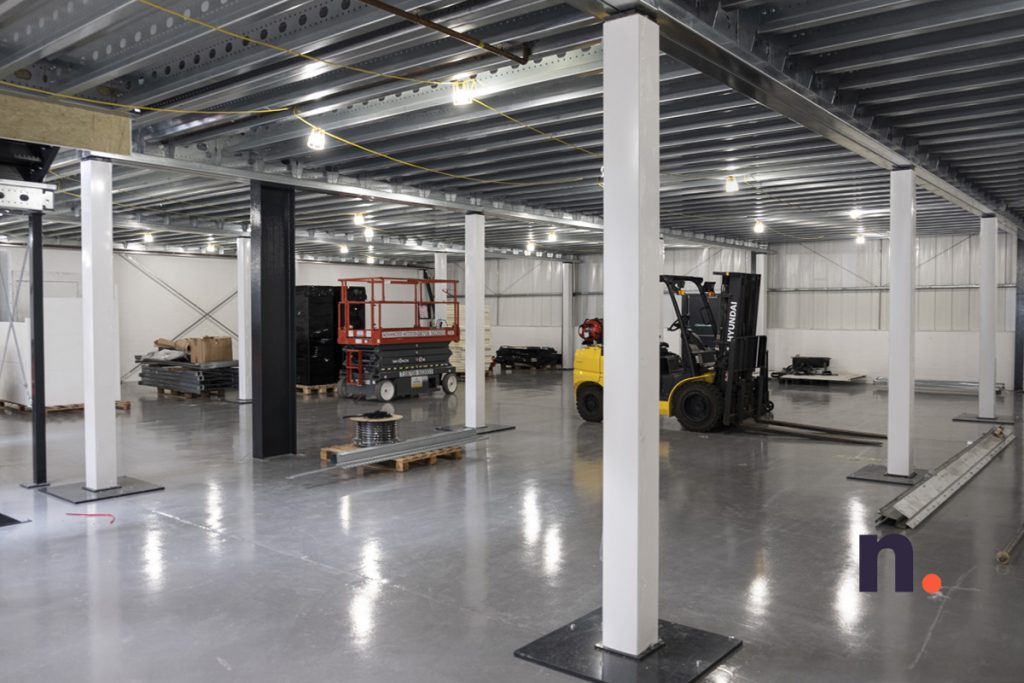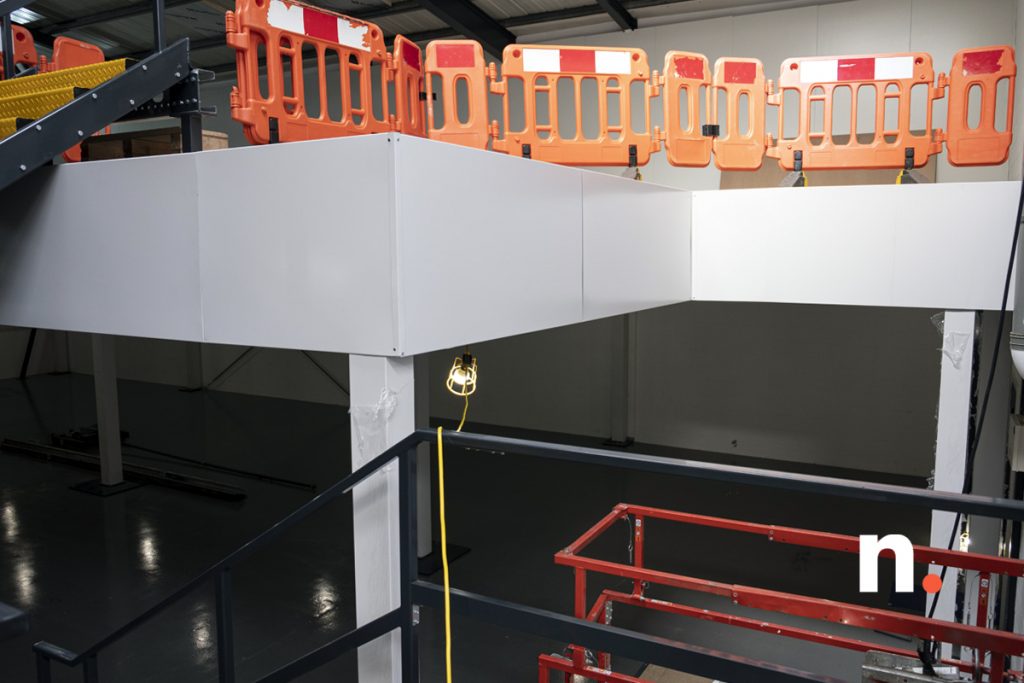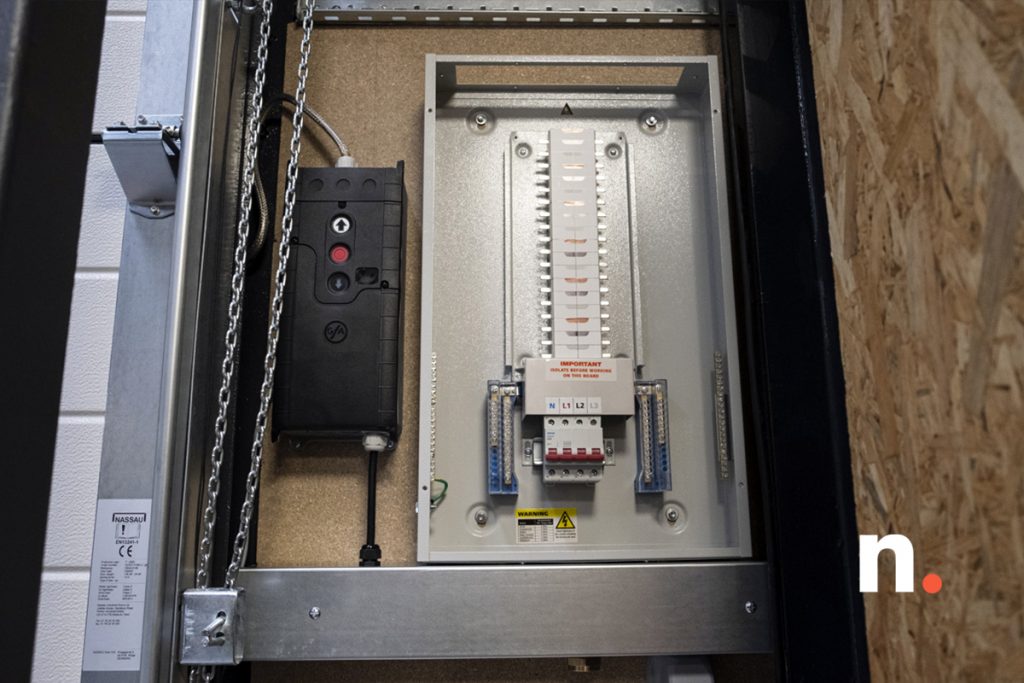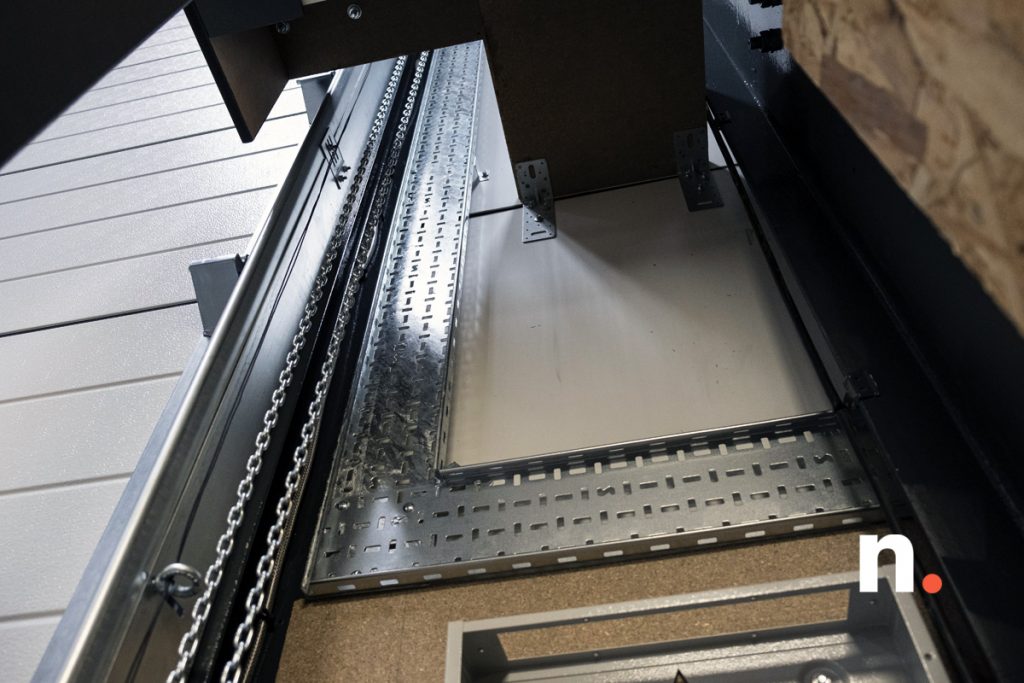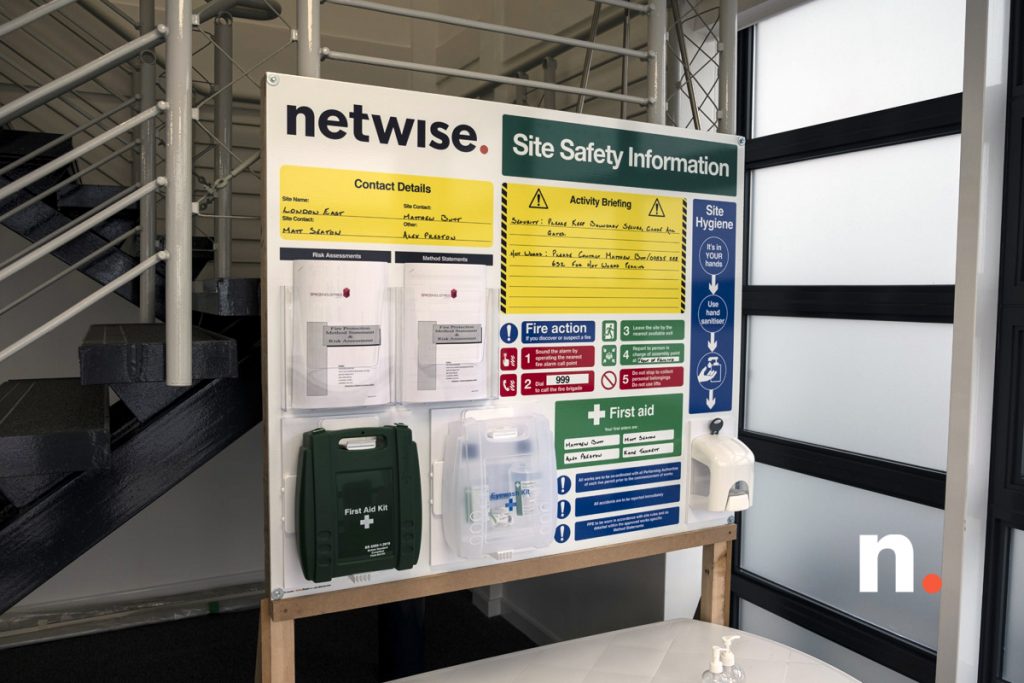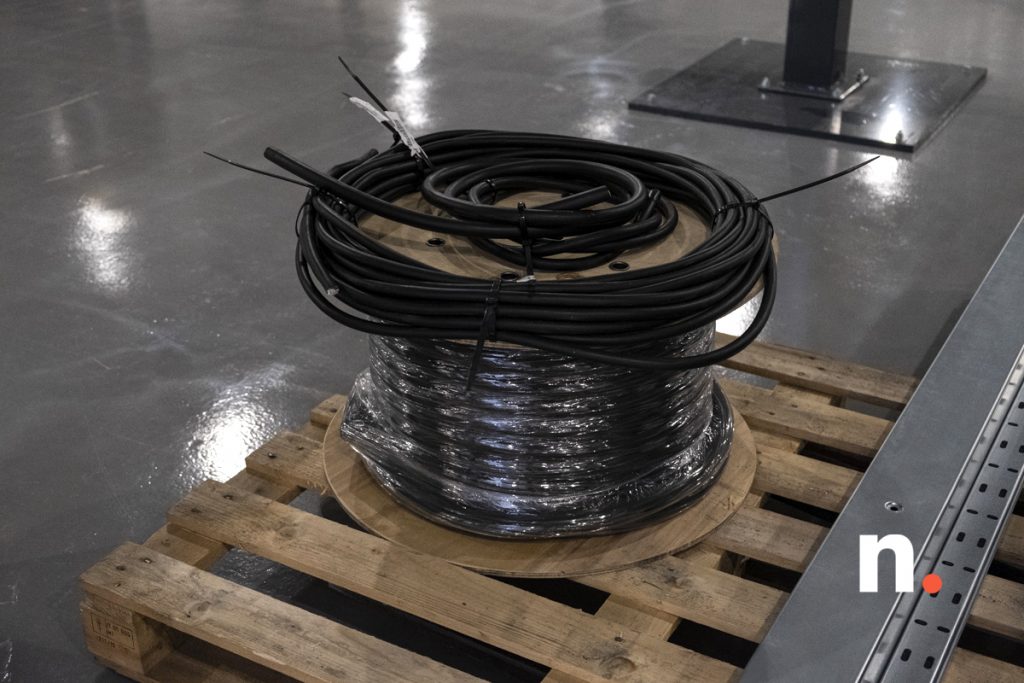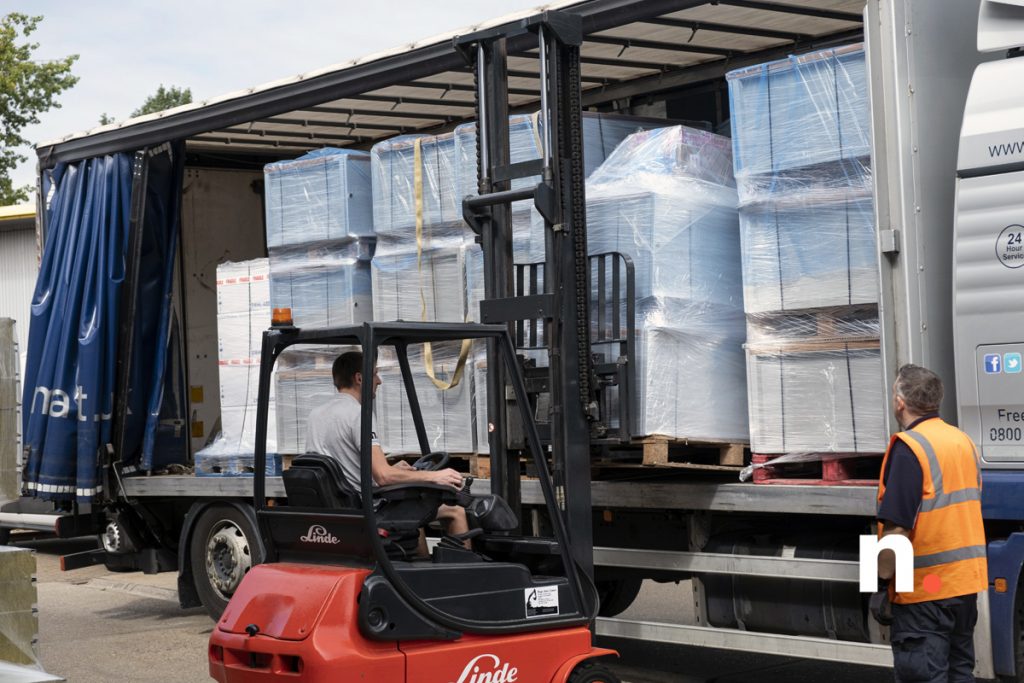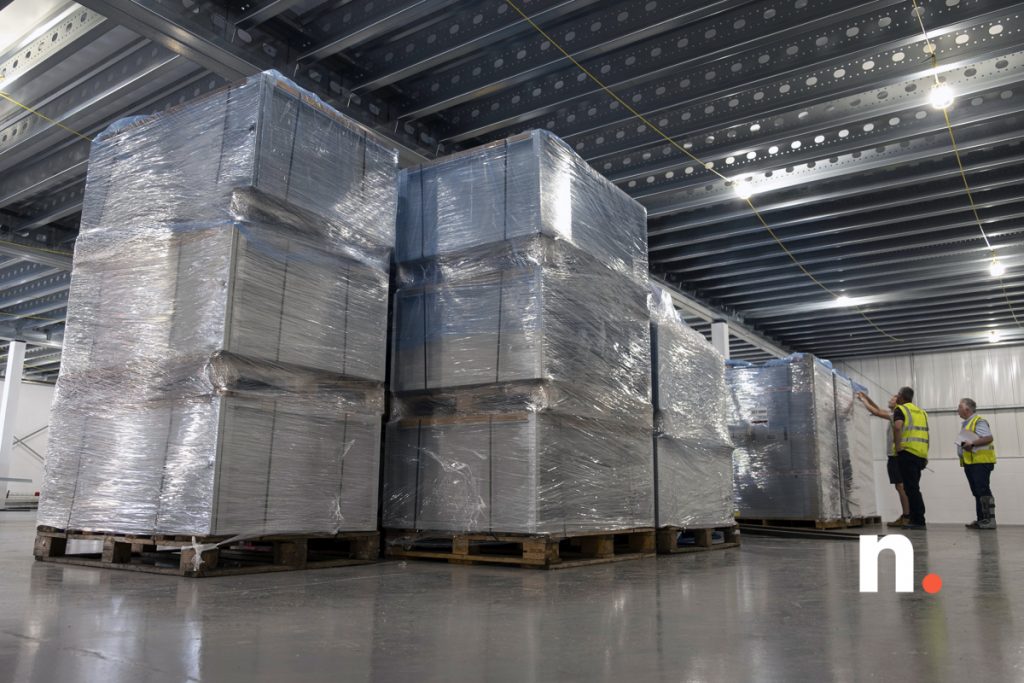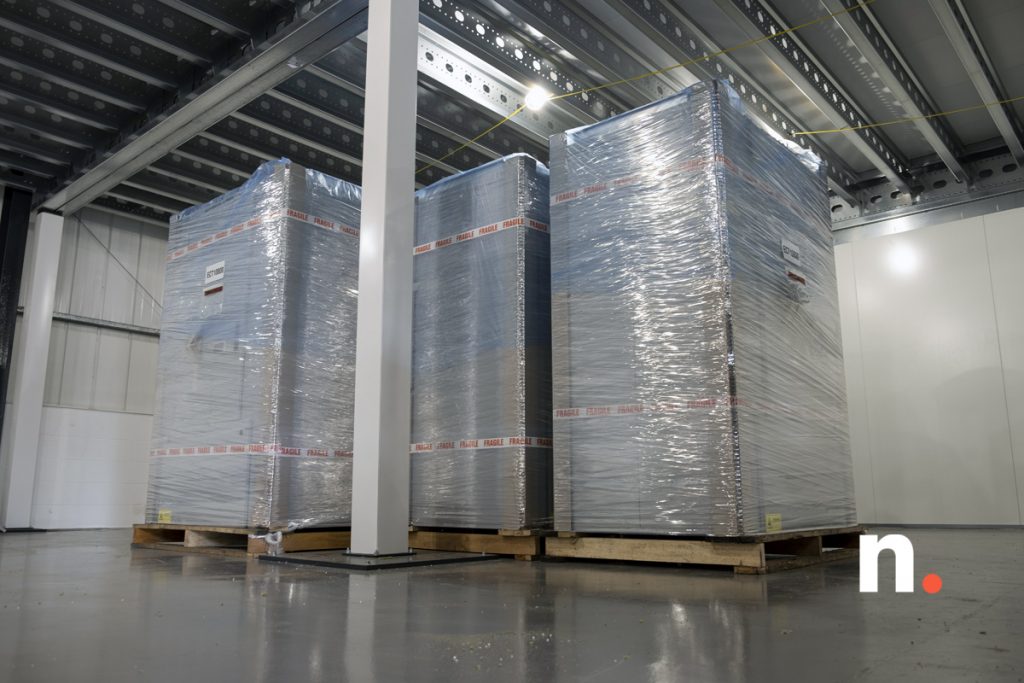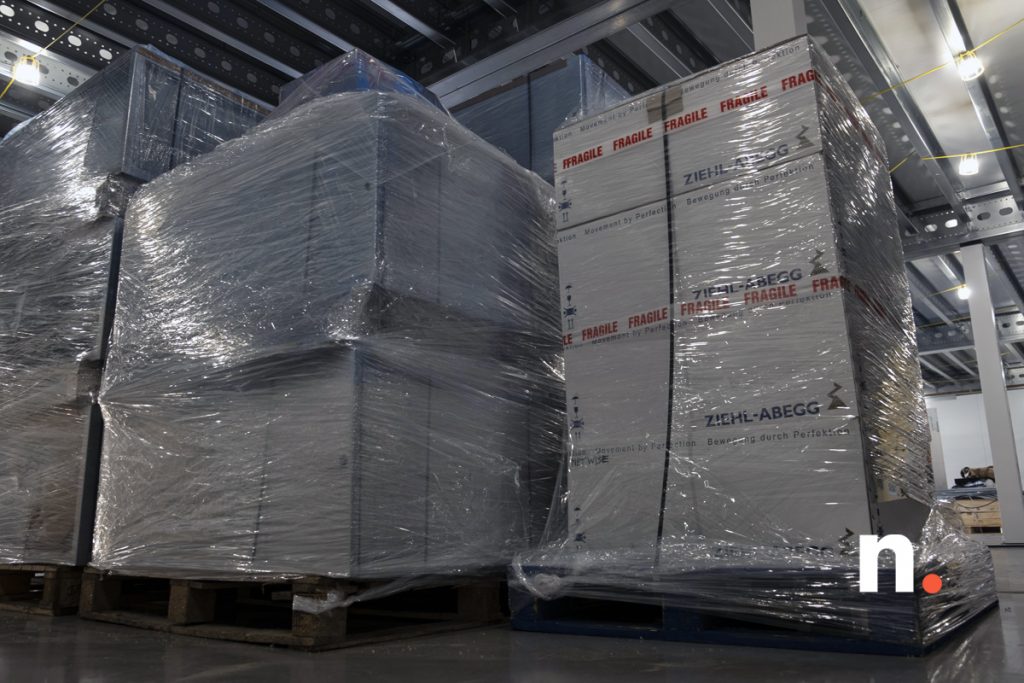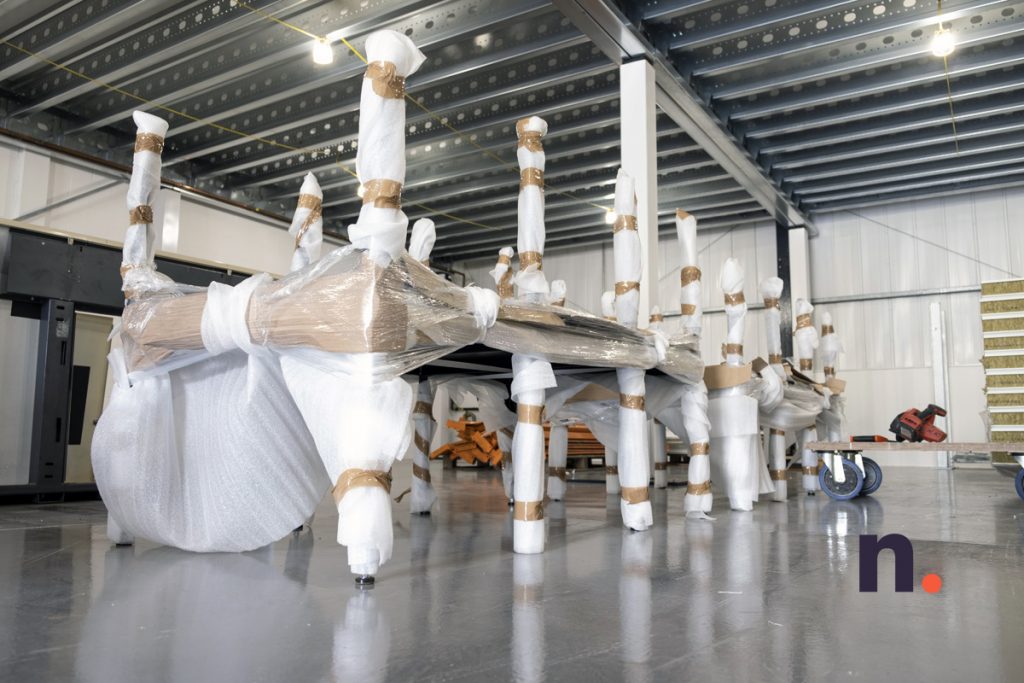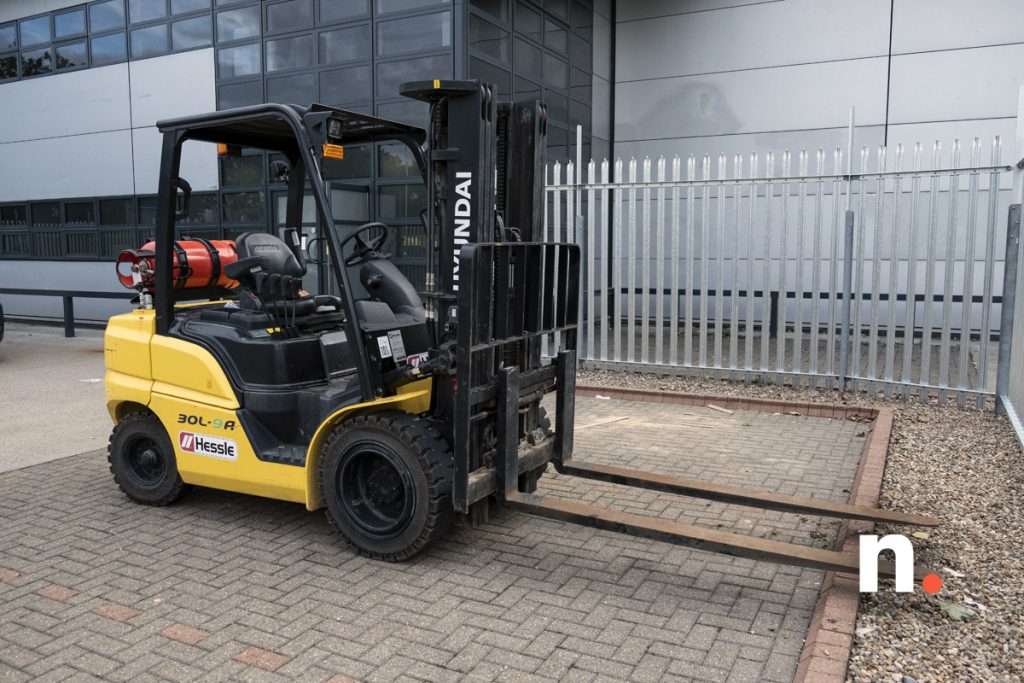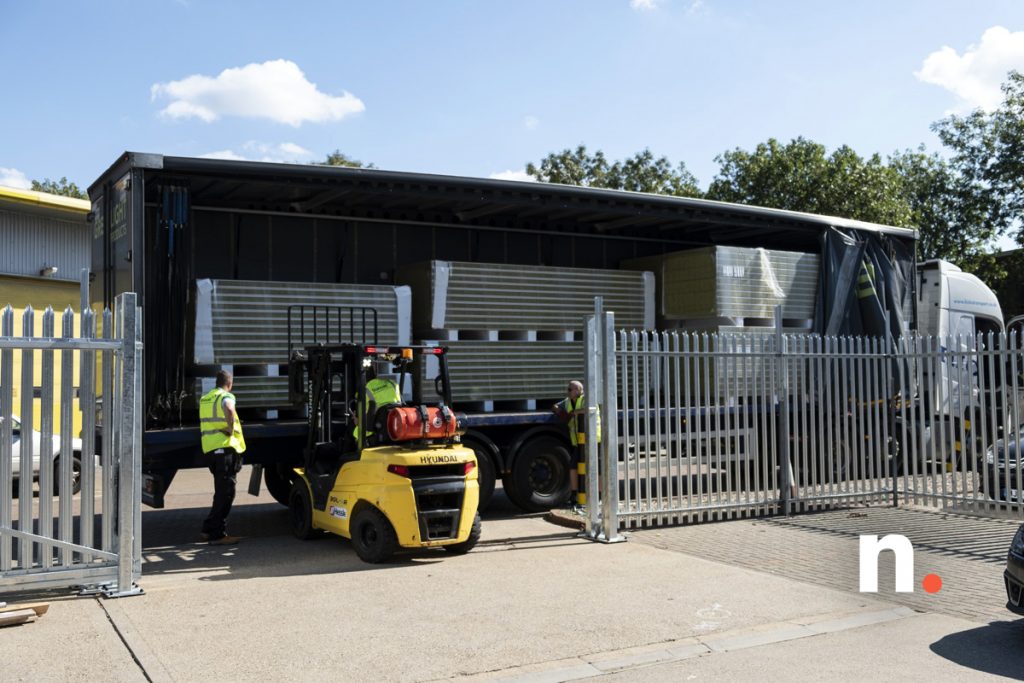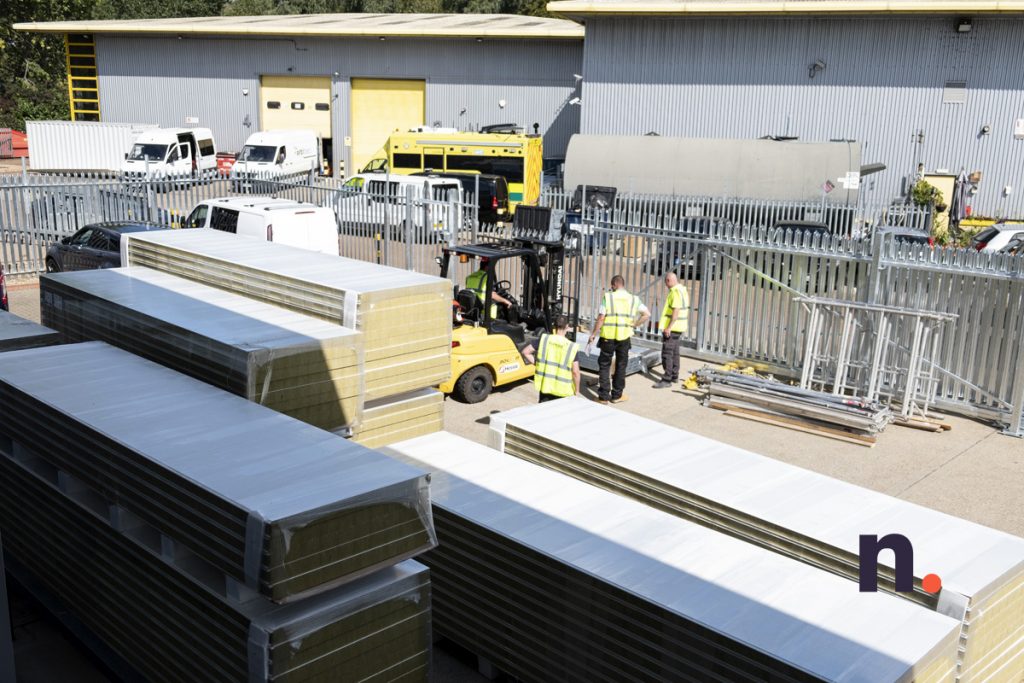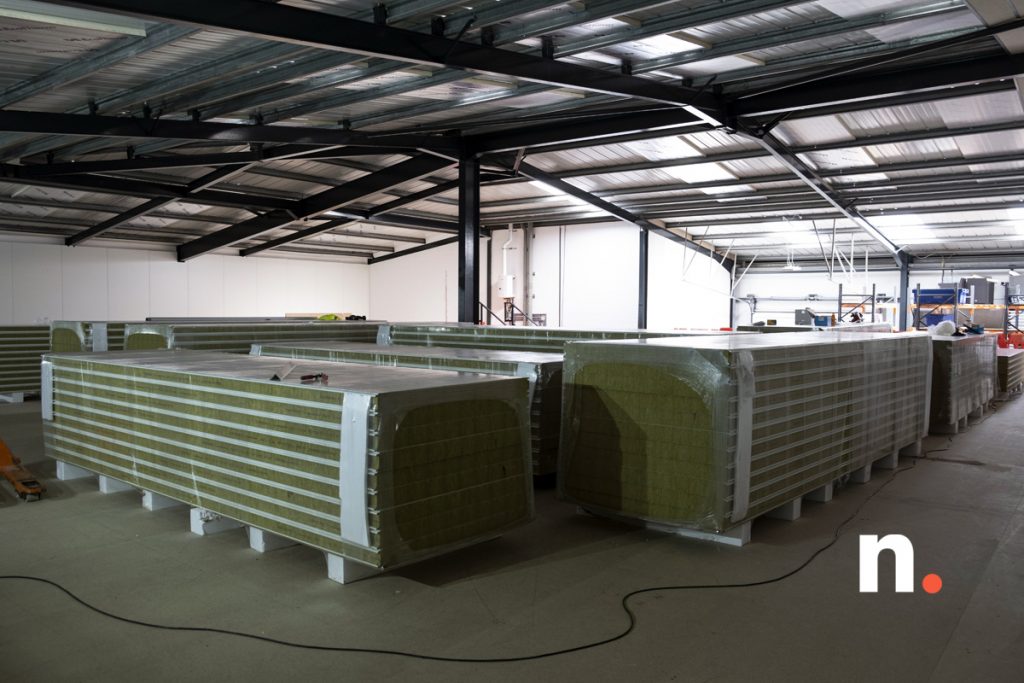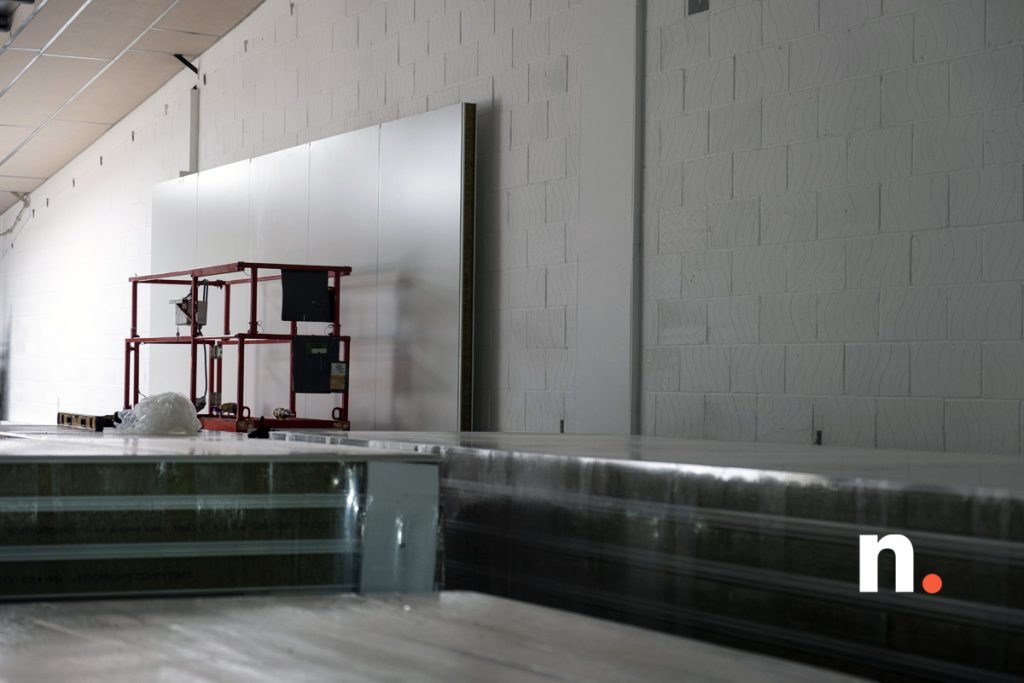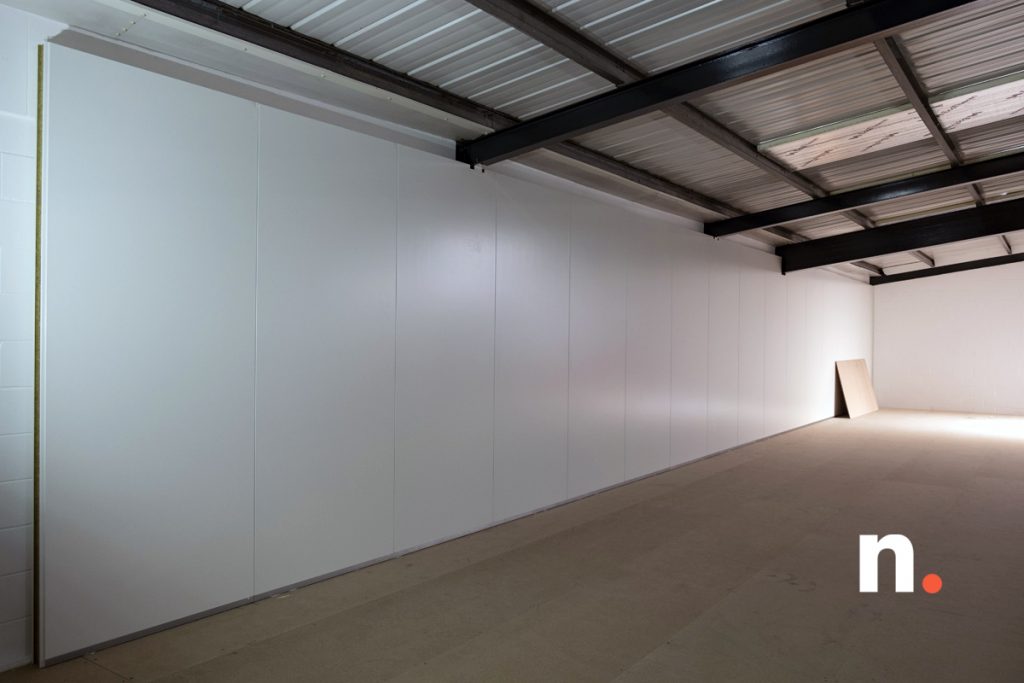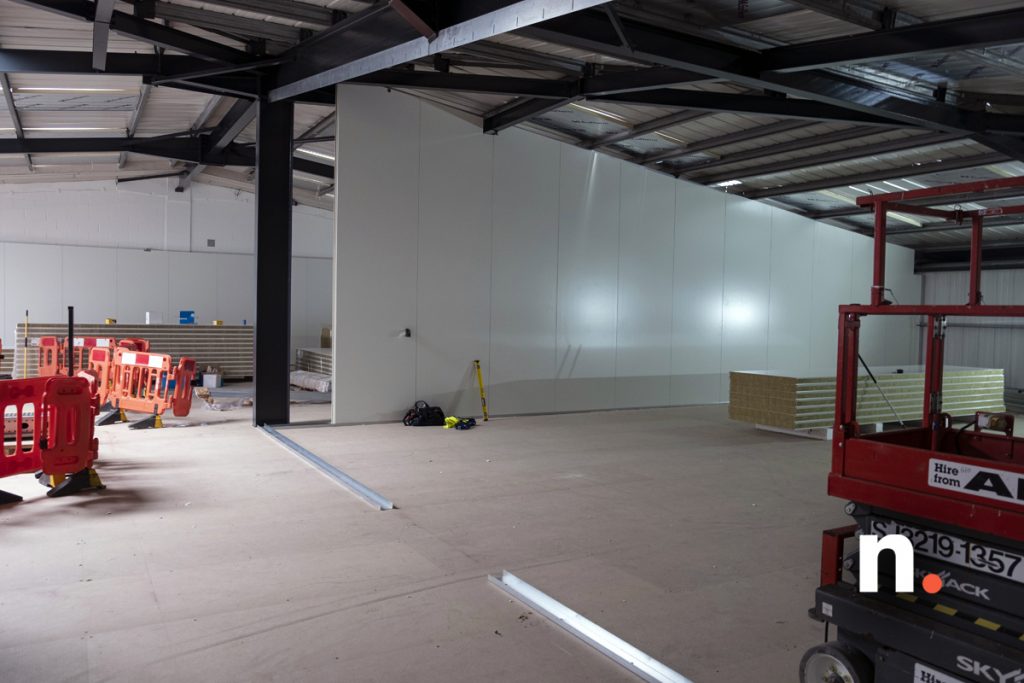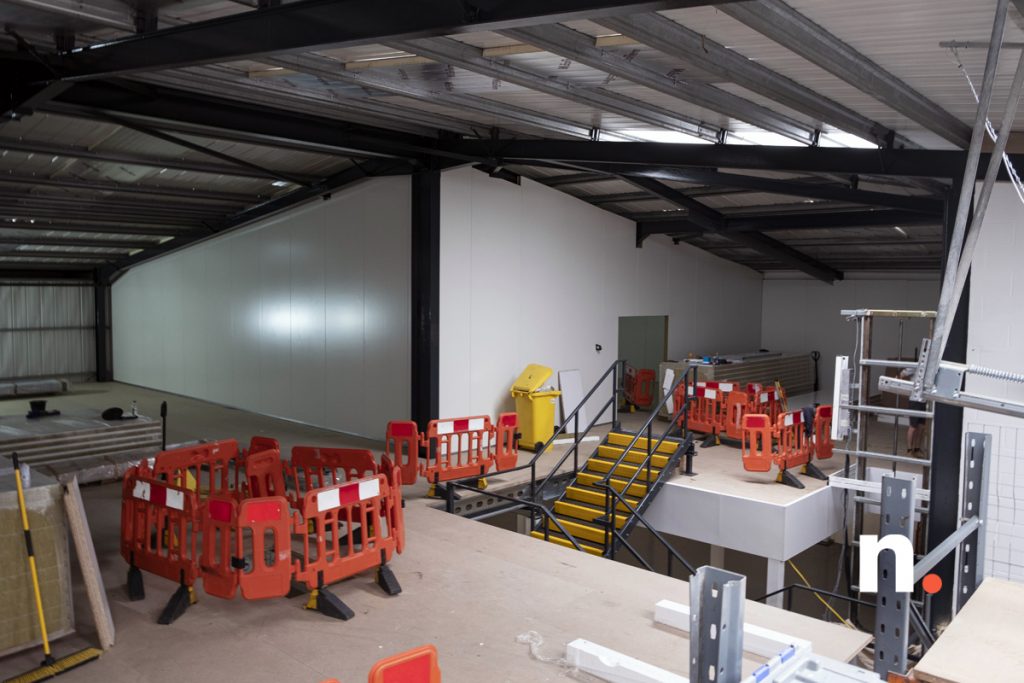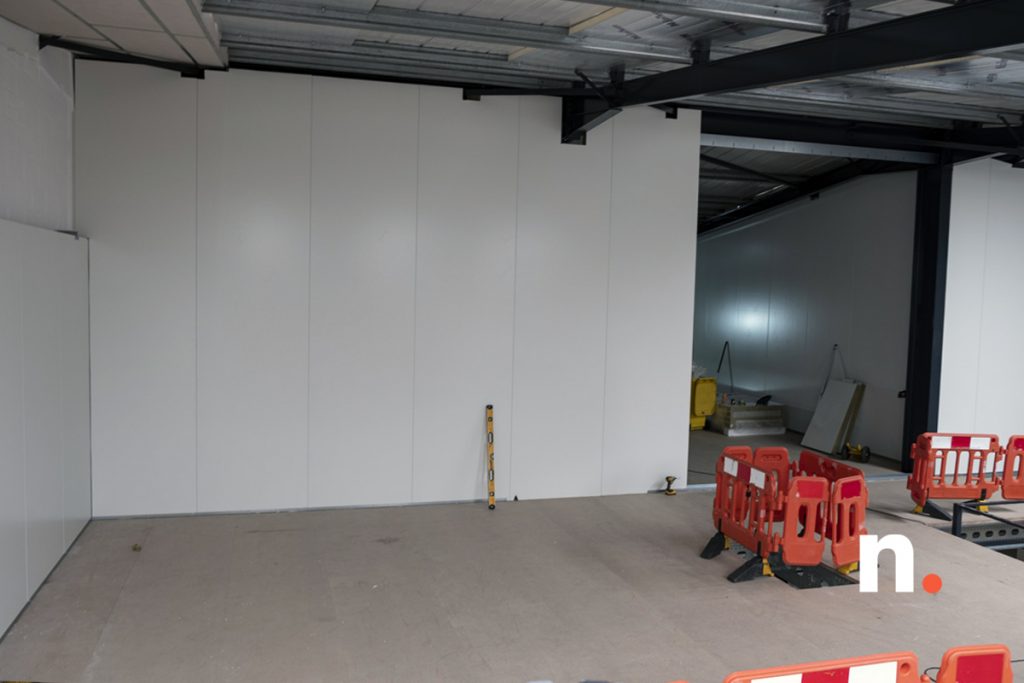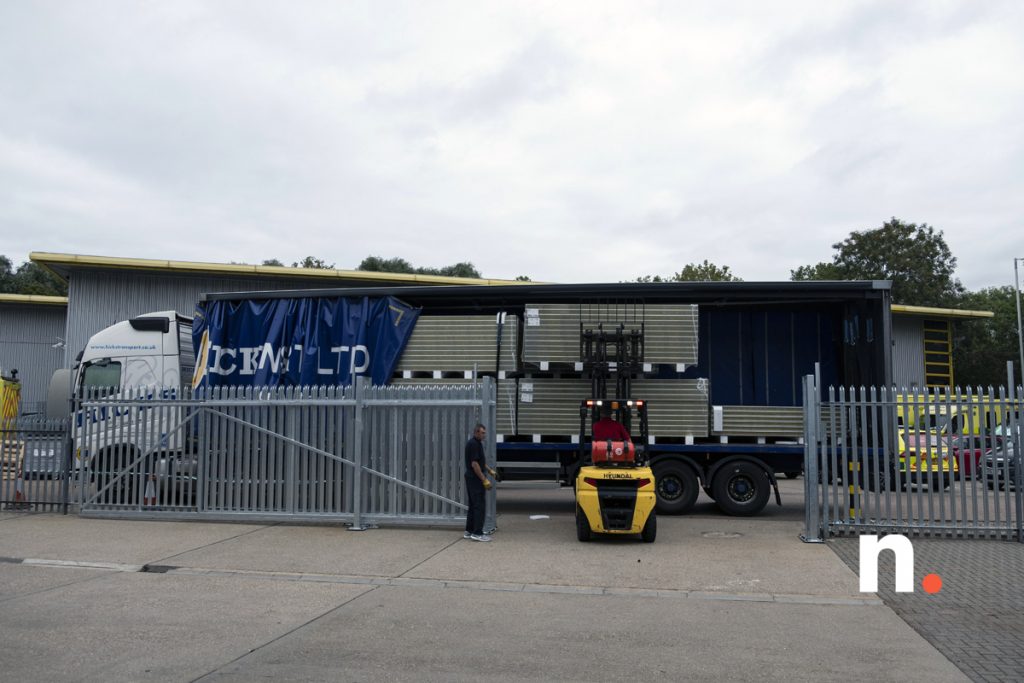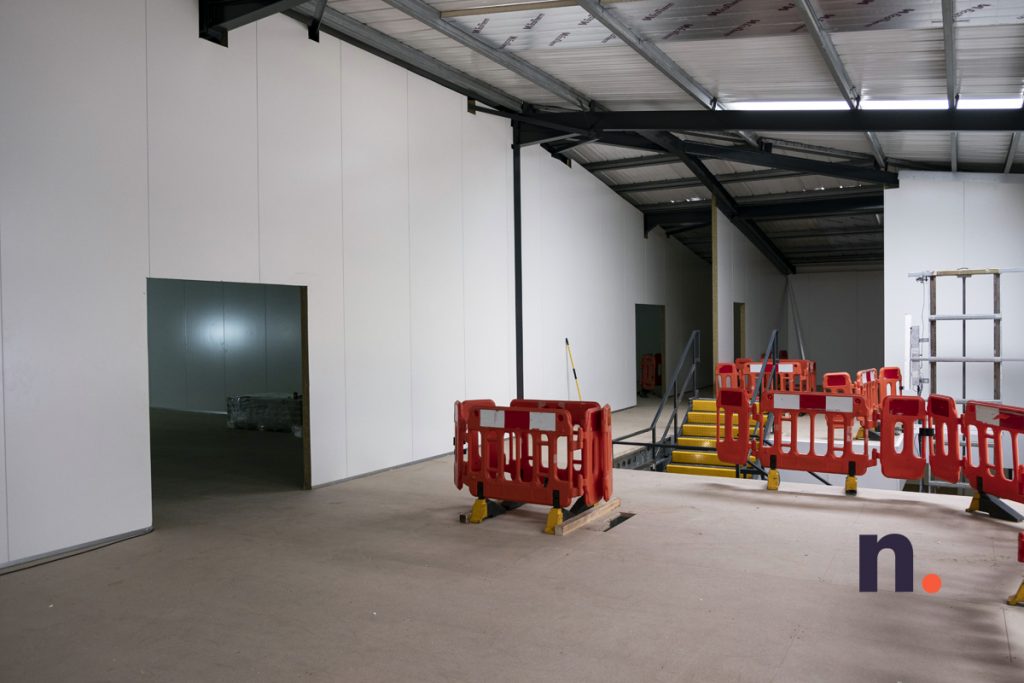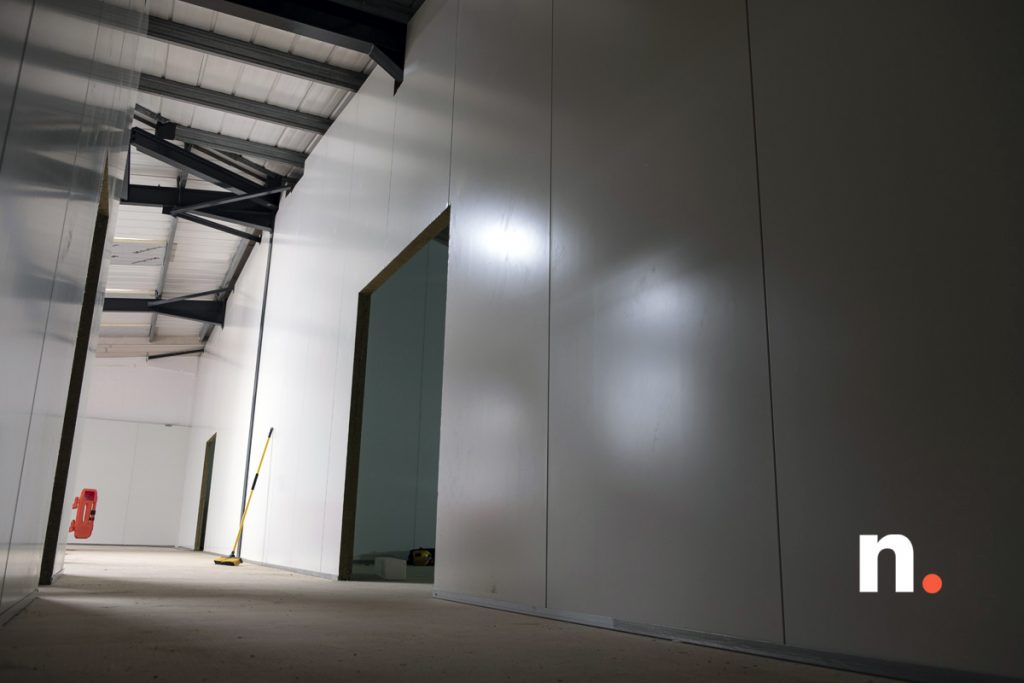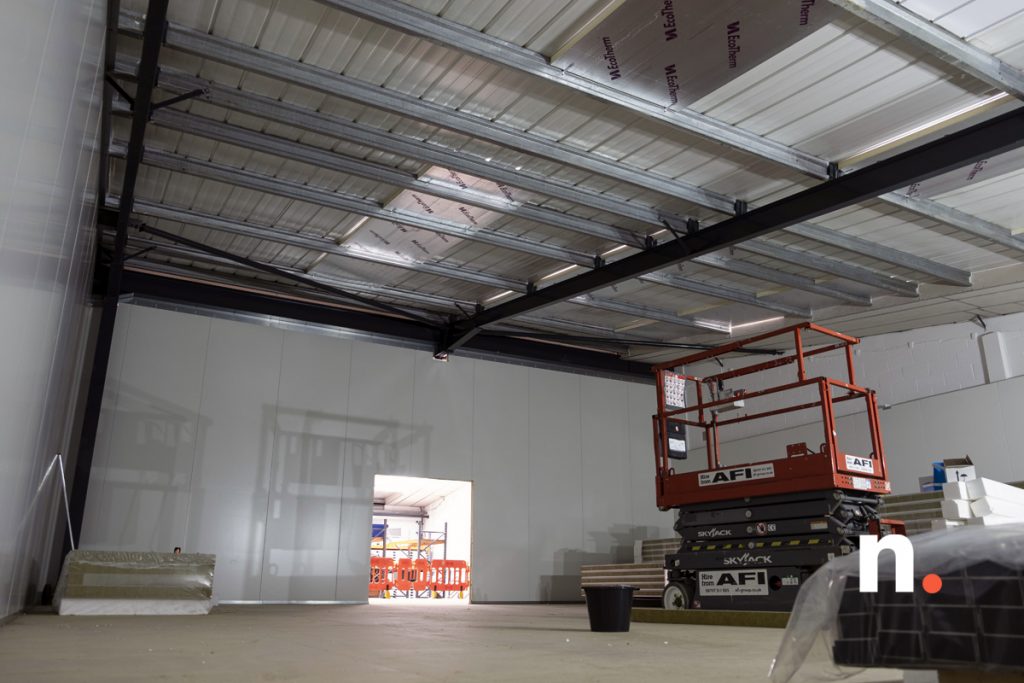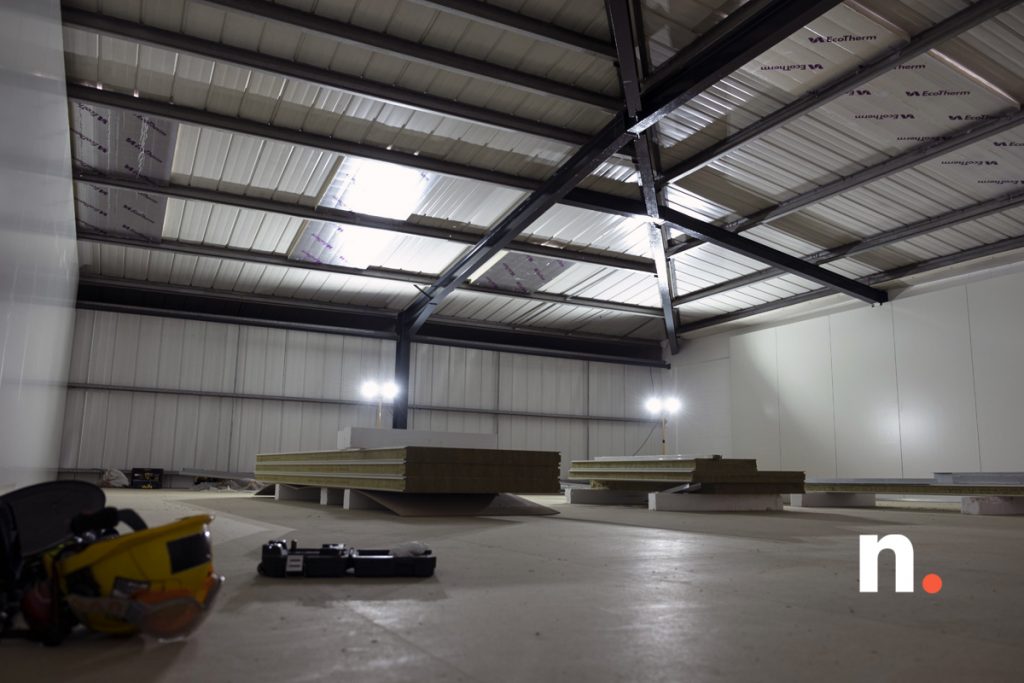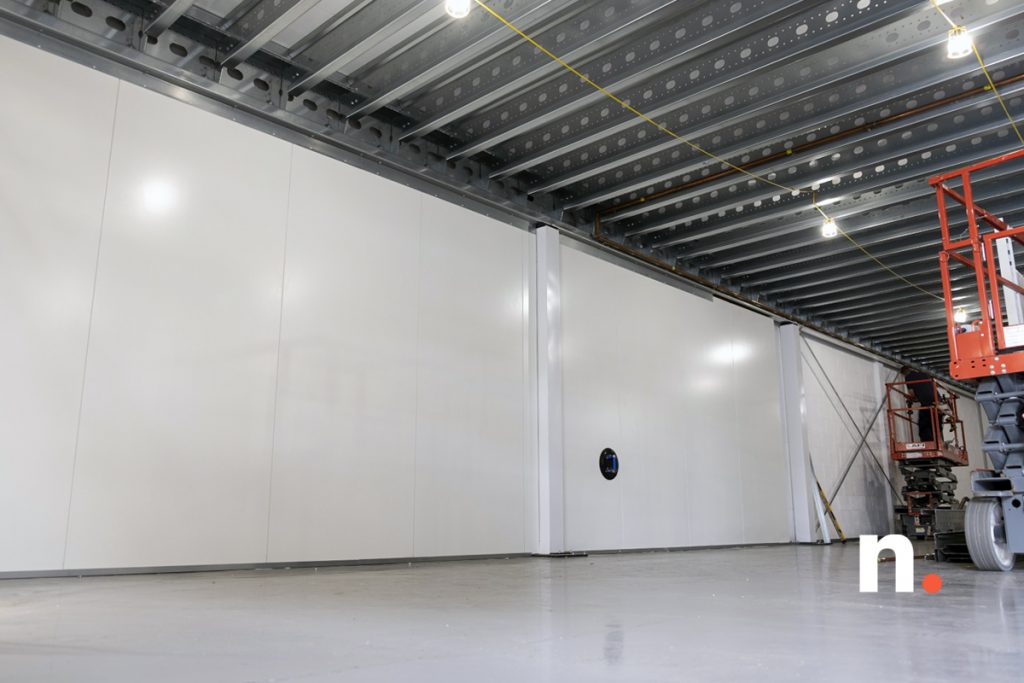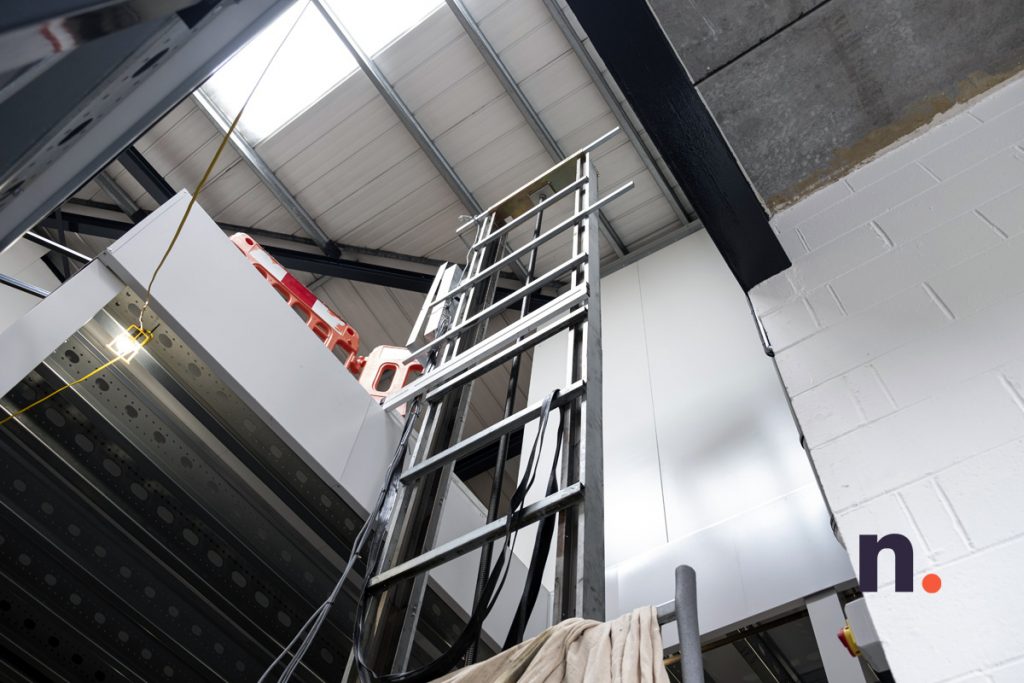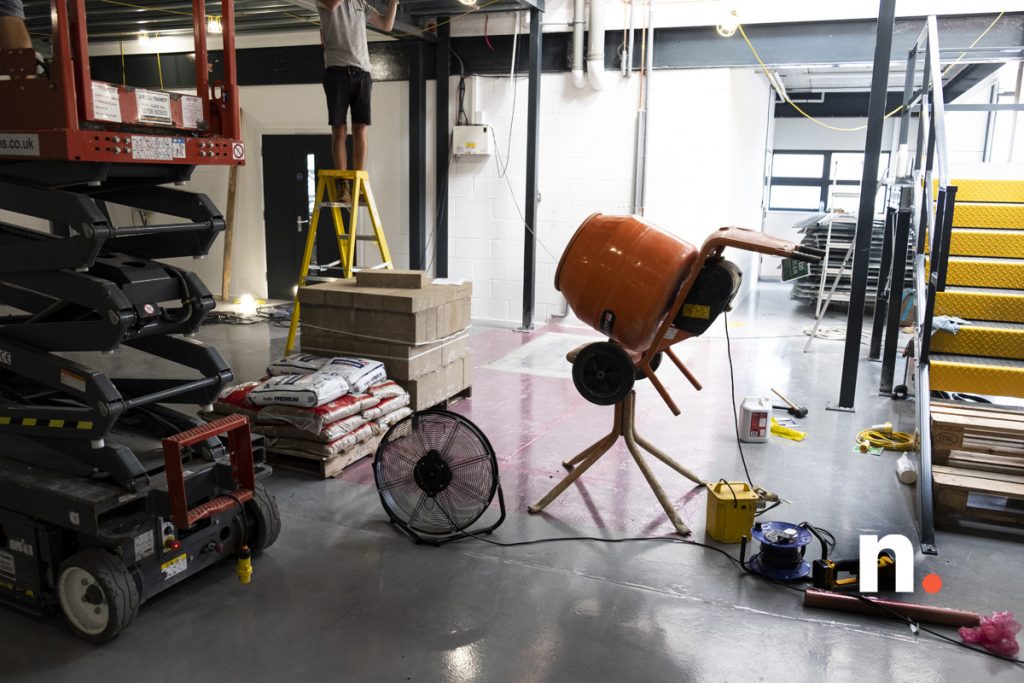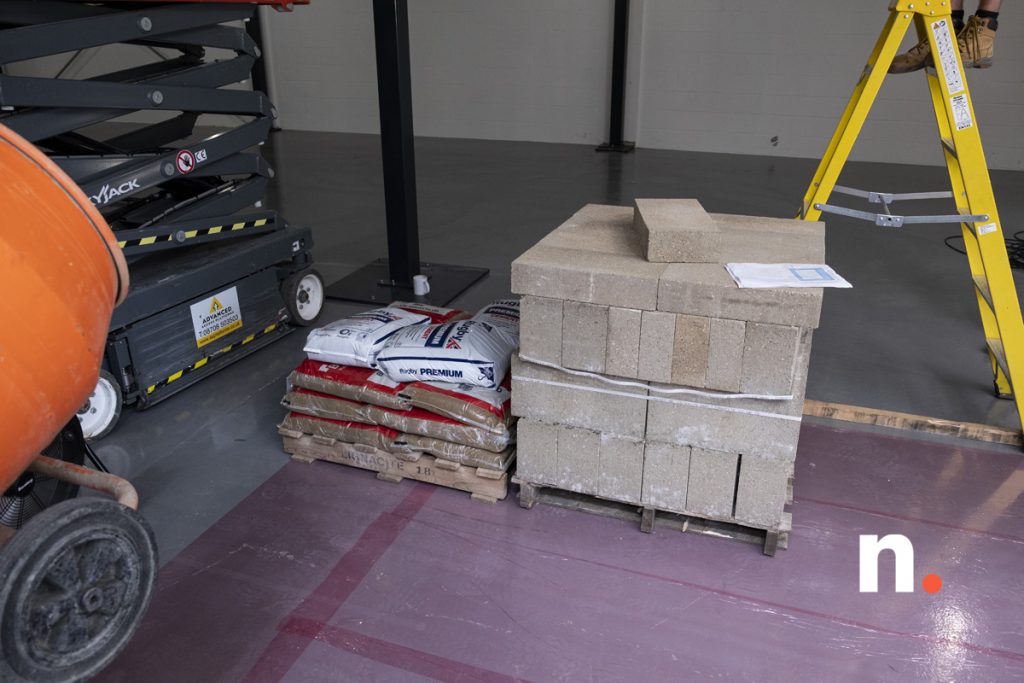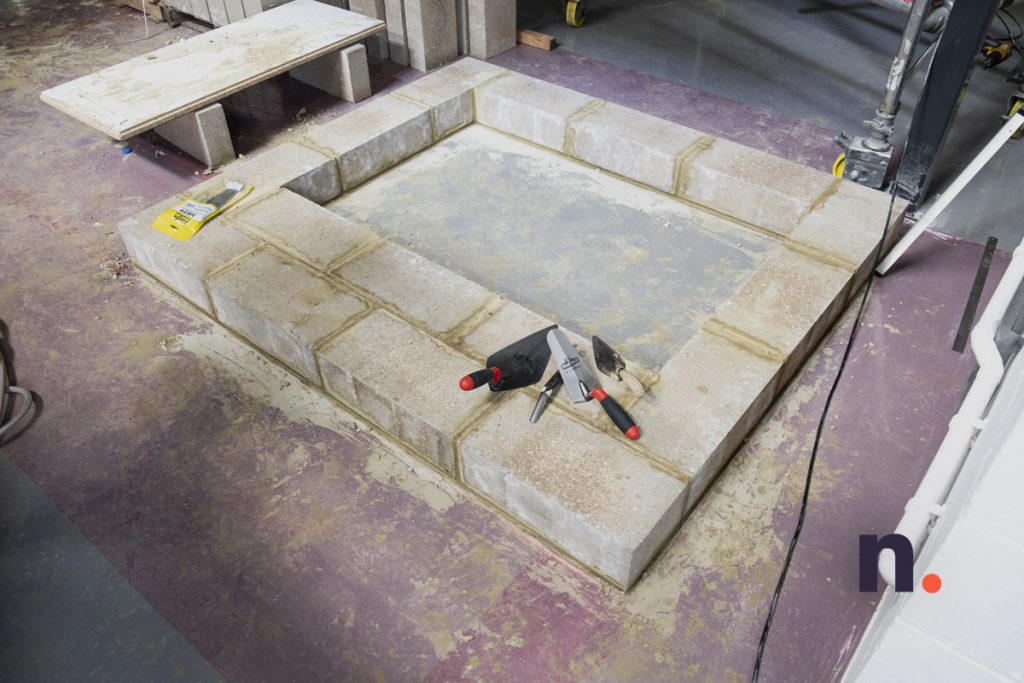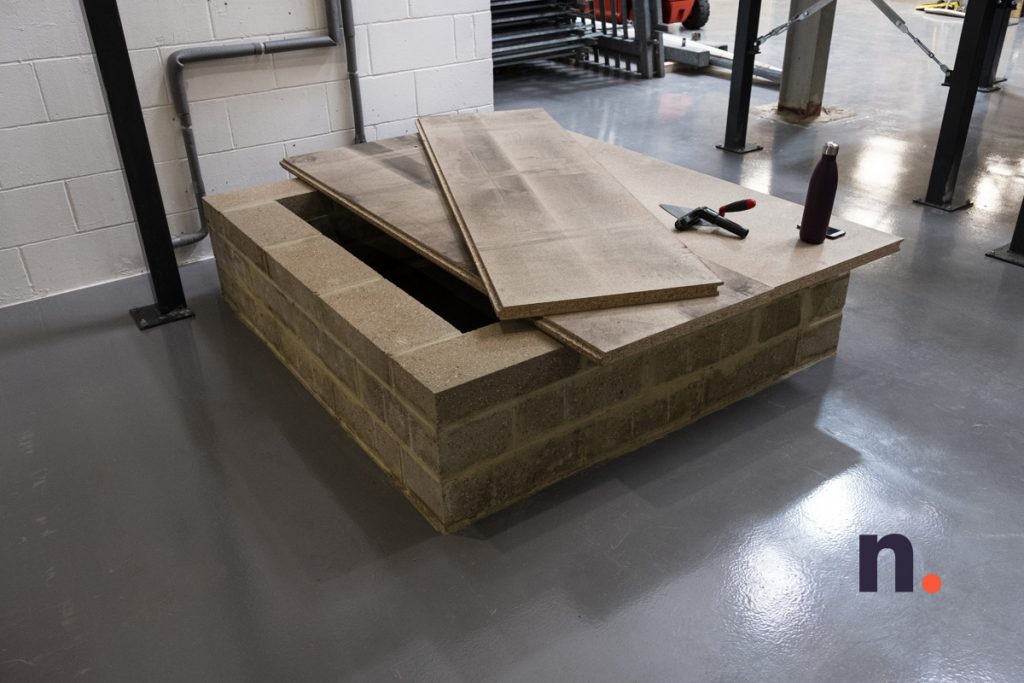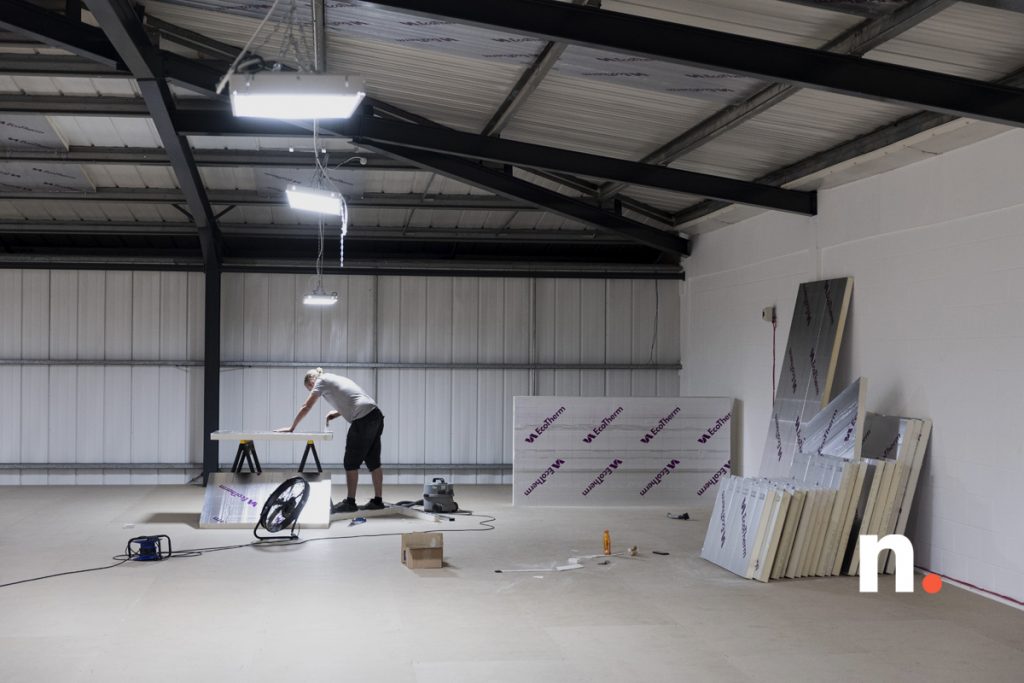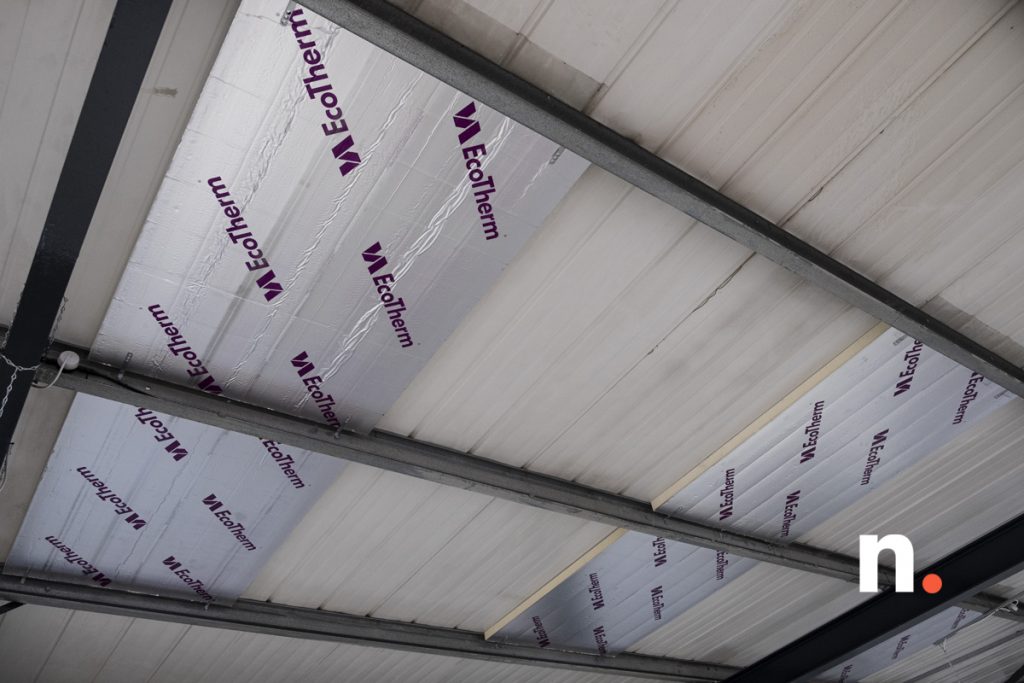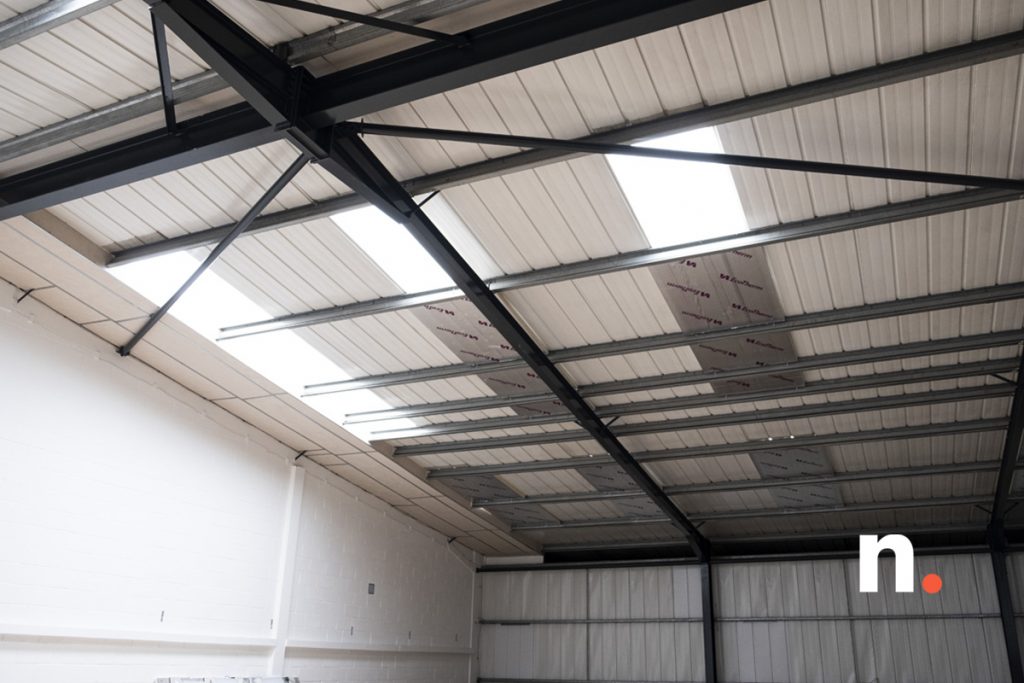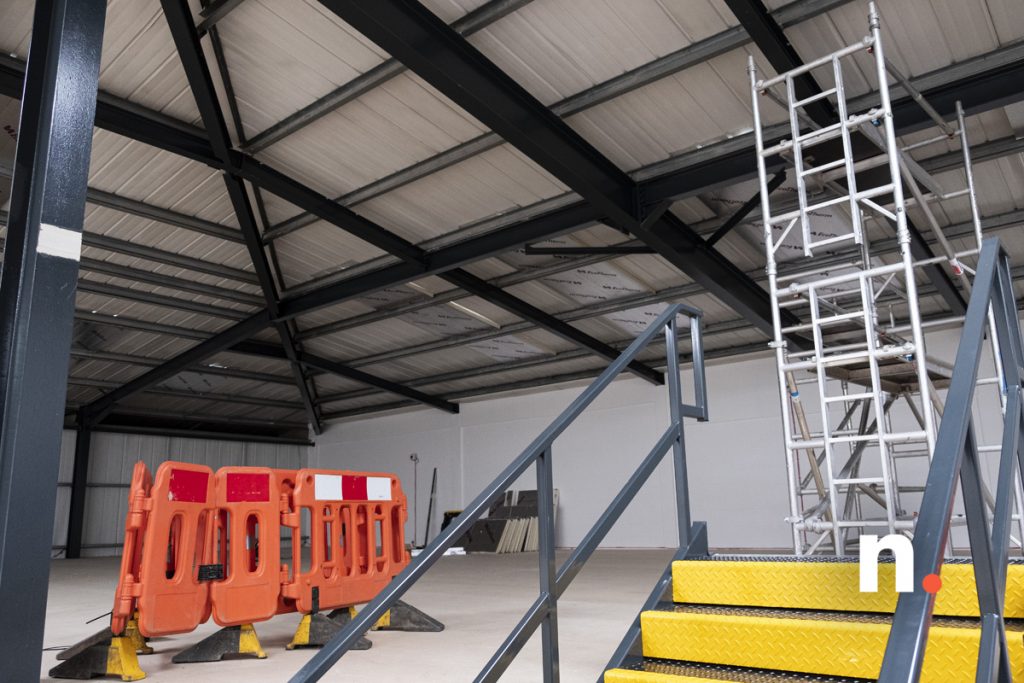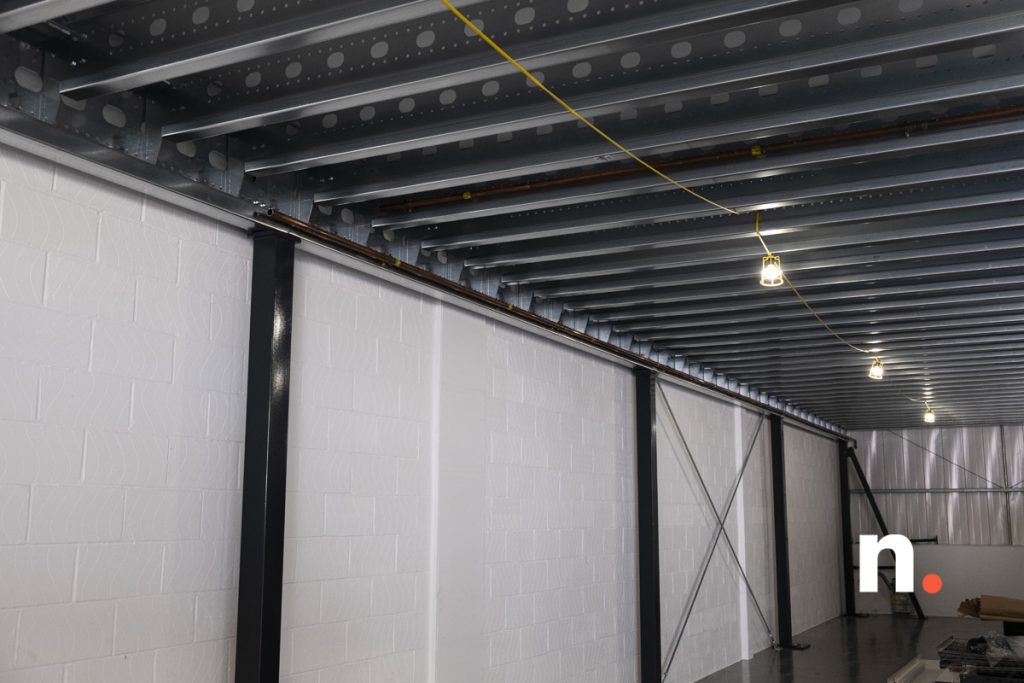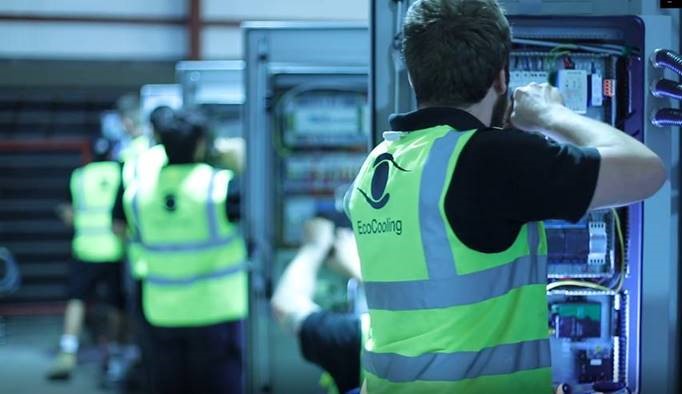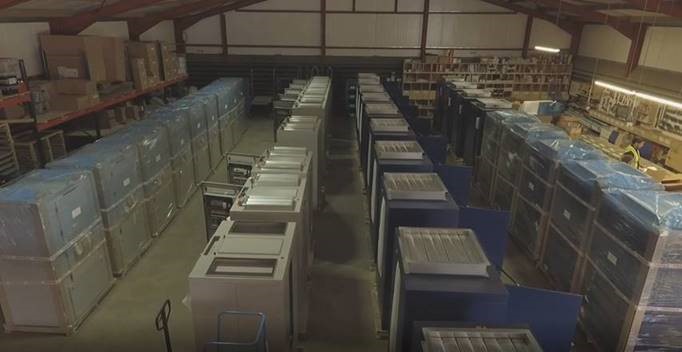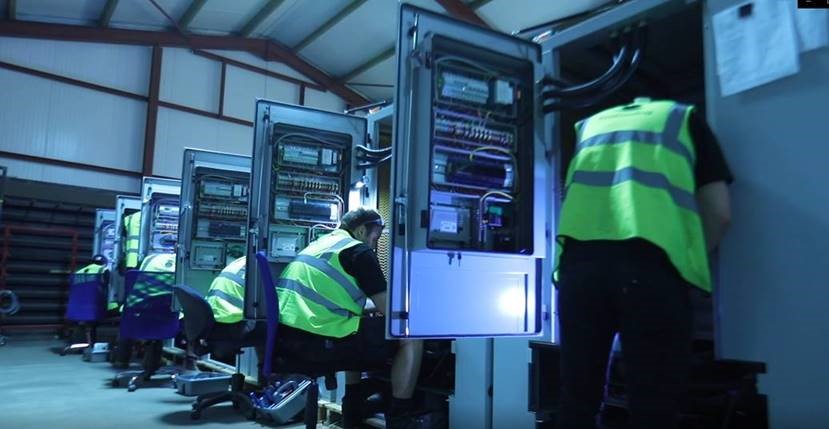Is your London office running out of space? When walking around your office becomes tougher than an obstacle course on Ninja Warrior, it’s time to take a look at the furniture to see what can go.
You might have an abundance of chairs or desks stacked on top of one another. But an alternative option is to look at your on-premise servers and consider whether they’d be better suited in one of London’s many world-class colocation centres.
More and more business executives around the country (and the wider world) are now taking advantage of this service, not just to free up space in the office, but also to take full advantage of the many benefits that come with utilising these facilities. If you’ve ever wondered how a colocation data centre can work for you and your business, look no further than the nine perks below.
1. Guaranteed uptime
One of the key reasons many businesses look to a UK data centre is the massive improvement to server uptime. Many colocation companies offer tiers that guarantee a certain percentage of uptime. They’ll also work around you and your business to schedule maintenance so that your customers aren’t impacted.
2. Assists with risk management
Compliance teams and auditors always break into a cold sweat whenever data or servers are brought up in conversation. But utilising a London colocation data centre can reduce their heart rate. This is because these facilities can form part of your data recovery strategy.
Taking advantage of a colocation centre means that if a natural disaster or outage were to occur at your workplace, there’d be no impact to your data or core network as it’s located elsewhere. This knowledge should let you and your compliance team sleep soundly at night.
3. Improved security
Hiring a team to keep a close eye on your own data centre or comms room is an expensive cost that most businesses don’t need, or simply can’t afford.
Many data centres are equipped with the latest biometric readers and CCTV systems to ensure that only authorised personnel are working on your servers. They’re also monitored both physically in person and remotely to ensure round-the-clock security for your critical systems.
4. Cost savings
When you weigh up the costs of using a colocation data centre versus managing your servers in-house, the savings become so significant that they can’t be ignored. If you’re hosting your servers at your office, you’ll need to factor in the costs of operating uninterrupted power sources (UPS), backup generators, advanced cooling systems, and diverse connectivity. There’s also the ongoing maintenance costs and staffing costs to service such a service in-house.
None of these factors are a direct cost or concern if you choose to host your servers at a London colocation centre. All of this technology is already built into the fabric of a top-tier data centre, meaning you needn’t worry about implementing this extremely expensive equipment into any on-site server room at your office.
5. Quality bandwidth
Colocation centres are designed specifically to manage multiple enterprise clients and provide them with the bandwidth they need to function properly. Attempting to replicate this in-house would require a mammoth investment and infrastructure. However, there’s no guarantee that you could recoup these costs, which is why many businesses choose to utilise these facilities.
Data centres form the beating heart of the internet, and as such have masses of capacity on their networks, and delivery their connectivity from multiple carriers, making the connections to client systems hyper-resilient.
6. Certified support technicians
Partnering with a colocation centre doesn’t just give you a place to store your servers. It also provides you access to experts in the field who can manage and troubleshoot any problem that may arise. The staff have all the necessary certifications and stay up to date with all of the latest trends and information so that you and your employees don’t have to.
7. Easier scalability
If you’re struggling with space in the office at the moment, what will happen as your business continues to grow? Instead of worrying about growing pains, you can work with a colocation centre to make adjustments and alterations quickly as your company continues to boom. The team is proficient with various types of requirements across all industries and is always ready to make changes to space, support, power, and security as required.
8. Stronger infrastructure
In order to scale this quickly, it requires state of the art infrastructure that can be cost-prohibitive to replicate in-house. It would also take a mammoth amount of time and energy; something many companies don’t have in ready supply. Utilising a colocation centre’s advanced infrastructure gives your employees and customers the confidence and trust they need to be able to do business.
9. Colocation data centres are good for the environment
Before you sign on the dotted line, one question you should ask is how the colocation centre powers its facilities. Only a select few use 100% renewable energy, meaning that all of their power comes from sea, sun, and wind.
A green facility can significantly reduce your carbon footprint, which is something that more and more consumers are looking further into before they purchase from a company. Attempting to replicate this in-house is not always possible for a lot of businesses, especially if you share a building or office space with other companies.
Looking for more reasons?
Businesses across the UK are seeing the many benefits that come from utilising colocation centres. Whether it’s freeing up space in the office, cementing a disaster recovery plan, or picking the brains of certified experts, it’s giving companies the peace of mind that their data is safe and secure.
If you’d like to learn more about how a London colocation data centre can benefit your business, or want to see what everyone is fussing about for yourself, get in contact with us today and we can help you get going. We’ll even pour you a nice cup of tea!

